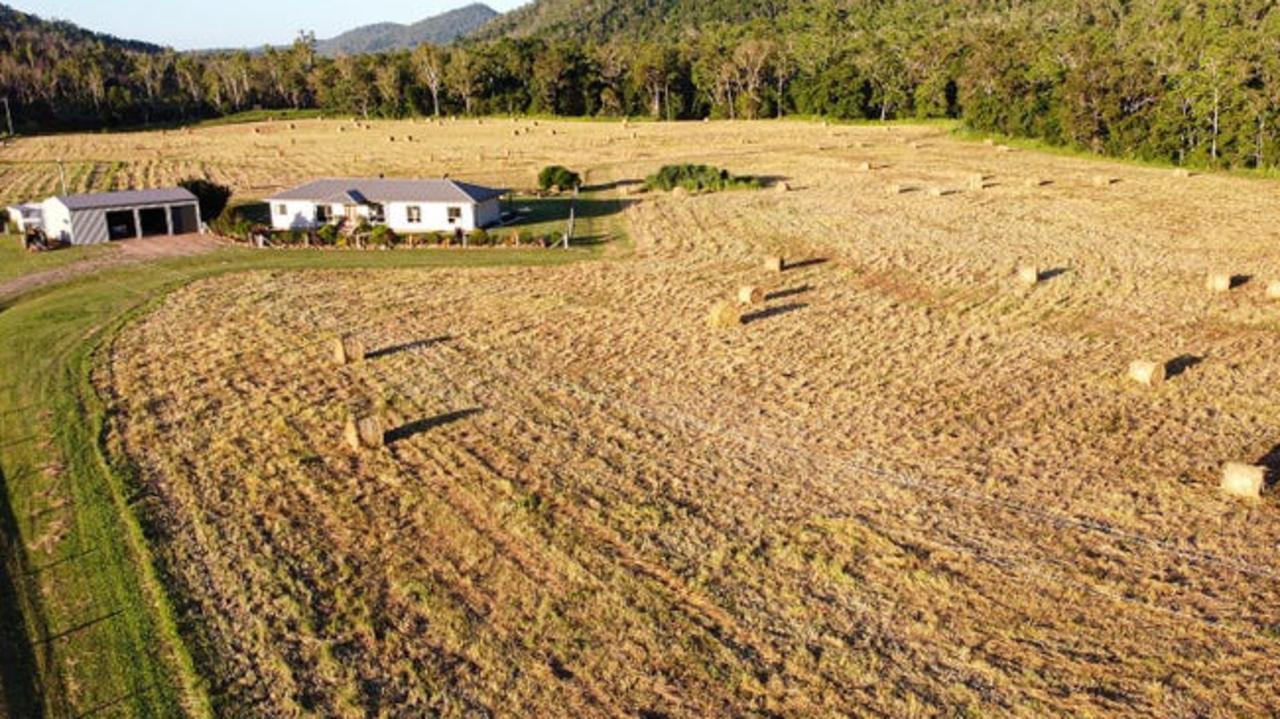CoreLogic released a report on Monday that revealed 24 of the 25 regions it analysed recorded double-digit annual growth, while more than half of the regions recorded a 12-month rise of more than 20 per cent – a record result.
Incredibly, seven regions had a price surge of more than 30 per cent for the year to October 31.
CoreLogic research director Tim Lawless said localised factors influenced each region, but common key drivers included a shift away from the big smoke to regional areas, relatively affordable dwelling prices, low interest rates, access to credit and higher household savings.
“There has been a broad demographic shift where more Australians are prepared to consider housing options outside of the capital cities, which has seen net internal migration rates to regional Australia reach record highs,” Mr Lawless said.

“Working from home looks to have some degree of permanency post-Covid and is one of the catalysts of this trend, with more people basing themselves in regional locations to work remotely or balancing office work with home working.”
The best performing regional area was the Southern Highlands and Shoalhaven region in NSW, recording an annual price surge of 35.9 per cent.
That’s followed by the Richmond-Tweed region in northern NSW at 32.8 per cent and Queensland’s Sunshine Coast, where residential property values rocketed 32.3 per cent.
“The top-performing regional areas were all coastal or lifestyle markets generally, within a two-hour commuting distance of a capital city,” Mr Lawless said.
“These areas fit within the broad trend where demand has surged for lifestyle properties that offer a blend of liveability and commutability.”

At the other end of the scale, Queensland’s Townsville region had the lowest yearly price growth, increasing by just 8 per cent despite moving through the strongest housing market conditions since 2007.
Across the regional unit market, 18 of the 22 regions recorded at least a 10 per cent rise in values, while 12 regions had more than 20 per cent growth over the year.
Queensland’s Wide Bay region topped the list at 29.2 per cent, followed closely by the Sunshine Coast region at 29.1 per cent.
Days on market and seller discounting rates both fell substantially, a reflection of tighter stock levels amid strong buyer demand.
“This mismatch between available supply and demand has created a heightened level of urgency amongst buyers, generating strong selling conditions where homes are snapped up quickly with minimal levels of negotiation,” Mr Lawless said.
The longevity of regional Australia’s boom would largely depend on affordability, he said, but as more companies formalised hybrid working policies, those areas within practical commuting distance of the major capital cities would likely remain the most highly sought after.
Source: News.com.au